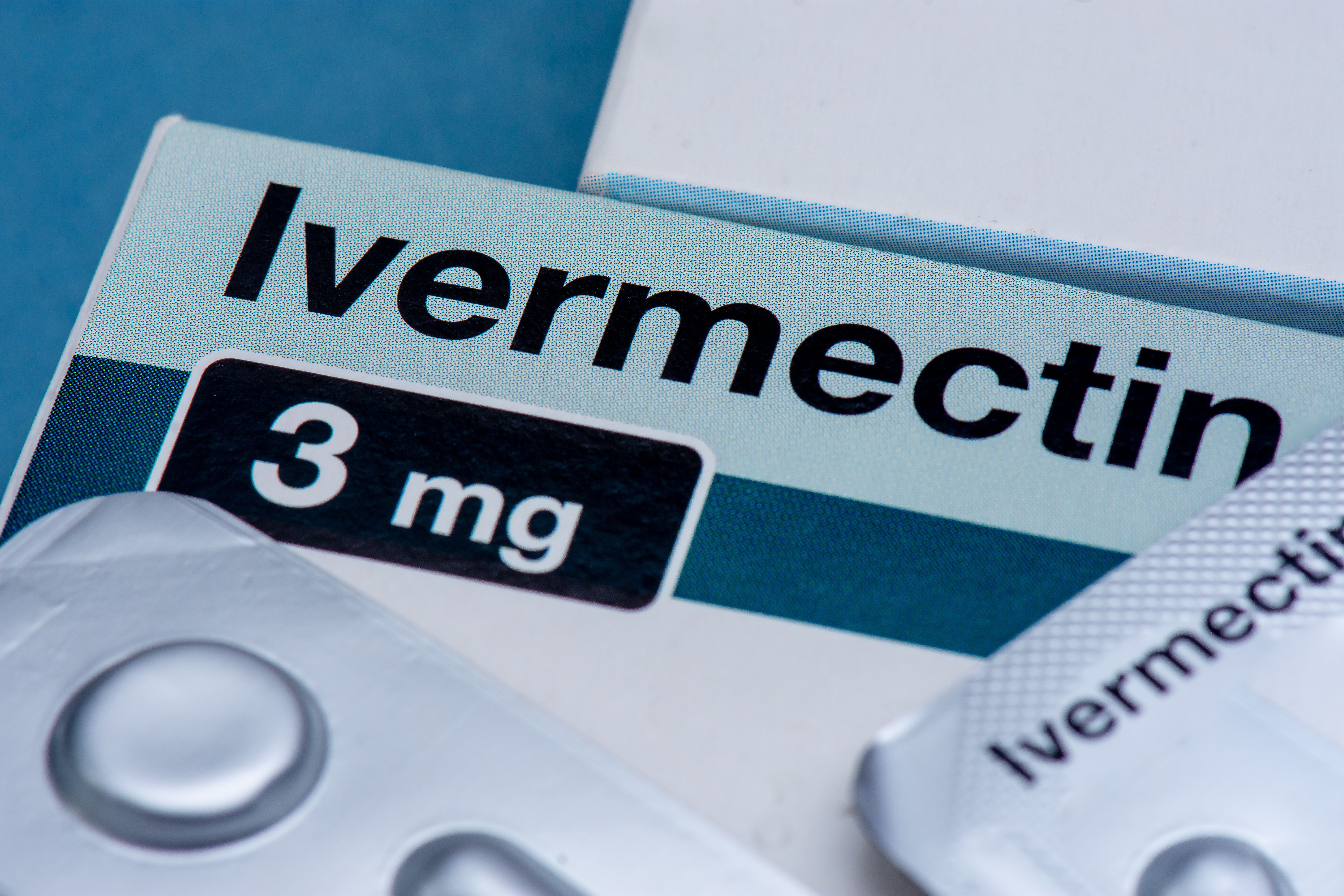Article
Niacin Fails to Reduce Cardiovascular Events
Author(s):
A highly anticipated study found that a combination of niacin and the anti-flushing agent laropiprant offers no benefit to patients with vascular disease and may actually harm patients.
A highly anticipated study found that a combination of niacin and the anti-flushing agent laropiprant offers no benefit to patients with vascular disease and may actually harm patients.
Niacin along with the anti-flushing agent laropiprant is ineffective at reducing cardiovascular events in patients with vascular disease and may increase the rate of harmful side effects, according to the results of a large-scale study presented on March 9, 2013, at the American College of Cardiology’s 62nd Annual Scientific Session in San Francisco.
The Heart Protection Study 2-Treatment of HDL to Reduce the Incidence of Vascular Events (HPS2-THRIVE) is the largest study ever of the cardioprotective effects of niacin, which is commonly used to increase HDL, or “good,” cholesterol and to reduce LDL, or “bad,” cholesterol. The study lasted 4 years and included 25,673 patients aged 50 to 80 at risk for cardiovascular problems such as heart disease and stroke. Study participants received either a combination of 2 g of extended-release (ER) niacin and 40 mg of laropiprant or placebo. In addition, all participants received the cholesterol-lowering medication simvastatin.
The study failed to demonstrate a reduction in the chances of a vascular event—a composite of non-fatal heart attack or heart-related death, stroke, or need for angioplasty or bypass surgery. Of the participants receiving niacin and laropiprant, 13.2% experienced major vascular events, compared with 13.7% of those receiving placebo. The study also found a significant and unexpected increase in bleeding (2.5% vs. 1.9%) and infections (8.0% vs. 6.6%) among those receiving niacin and laropiprant compared with those receiving placebo. In addition, significantly higher portions of patients receiving niacin and laropiprant experienced serious known side effects such as new-onset diabetes (9.1% vs. 7.3%), diabetic complications (11.1% vs. 7.5%), gastrointestinal problems (4.8% vs. 3.8%), and skin problems (0.7% vs. 0.4%).
“We are disappointed that these results did not show benefits for our patients,” said Jane Armitage, FFPH, FRCP, professor at the University of Oxford and the lead author of the study, in a press release. “Still, finding out a drug is not helping people is just as important as finding that it has benefits—the net result is that people are healthier. Niacin has been used for many years in the belief that it would help patients and prevent heart attacks and stroke, but we now know that its adverse side effects outweigh the benefits when used with current treatments.”
When niacin is administered to control cholesterol, it is given in doses that are roughly 100 times the recommended daily intake. The laropiprant is administered to reduce facial flushing caused by high doses of niacin. Dr. Armitage downplays the possibility that the study’s dispiriting results are due to the laropiprant, noting that another study that administered niacin without laropiprant found a similar lack of benefit in terms of heart attack and stroke and that many of the adverse side effects found in the HPS2-THRIVE study are known to be associated with niacin.
Merck & Co, which funded the HPS2-THRIVE study, announced in December 2012 that it no longer planned to submit a combination of ER niacin and laropiprant for FDA approval, based on preliminary results of the study.
Newsletter
Stay informed on drug updates, treatment guidelines, and pharmacy practice trends—subscribe to Pharmacy Times for weekly clinical insights.

FDA Grants Full Approval to mRNA-1273 COVID-19 Vaccine in Children At Increased Risk




